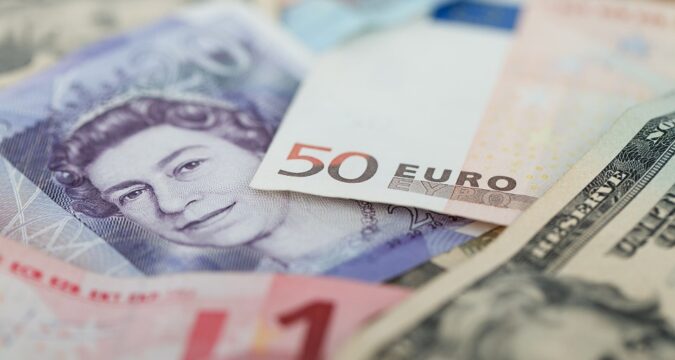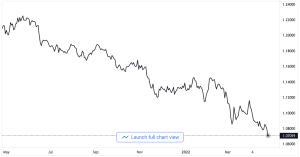
Sterling Records Small Gains But Still Close To March 2020 Low
On Friday, an already low Sterling recorded a slight gain against the US dollar but was still close to the low levels last seen in March 2020. This was because political uncertainty and persistent fears of economic recession were weighing on investor sentiment.
Pound lifts
There was a 0.1% increase in the British pound by 1410 GMT to $1.184, primarily because of swings in the US dollar price. However, the currency had begun the day down and was close to the $1.761 value that it had reached on Thursday, which is a two-year low.
Sterling is set to record a loss of 1.5% for the week against the greenback. It also recorded a 0.25% decline against the euro to end at a value of 84.935 pence. This week, a number of major currencies have found themselves under pressure because traders are turning towards the safe haven dollar because of rising fears of a recession.
This has seen the greenback rise to highs of two decades. But, the British currency is also facing additional headwinds because of the domestic political turmoil and a strong slowdown in the UK economy.
Political turmoil
There does not seem to be a clear candidate who can take over the position of Prime Minister for replacing Boris Johnson after his resignation. This has given rise to concerns about future economic policy, along with the approach that would be taken to deal with the Northern Ireland protocol and the Brexit issue.
On Friday, the five contenders for the position of the British premier will go up against each other in the first televised debate out of the three to be conducted. Market analysts said that the TV debate of the Conservative Party’s candidate would shed some light on the candidates’ policy intentions.
While traders will certainly be watching the debate to get some hints about the direction of policy, it is unlikely that this will affect the Sterling much. This is because global factors are currently determining the movements of G10 currencies for now.
Central bank support
Even though the British pound had been set to record a weekly decline of 1.7% against the US dollar, the currency was able to get some support from the hawkish stance of the Bank of England. Plus, the UK GDP data that turned out to be unexpectedly positive also gave some support.
The performance of the sterling was in accordance with that of the Norwegian crown and the Australian dollar and the currency fared a bit better than the Japanese yen. Market analysts said that the weekly decline had occurred because of the gloomy economic outlook.
The economic output in the United Kingdom rose by 0.5% in May, even though the surge in inflation saw consumer services decline. Predictions had expected zero growth in this number. As for the Bank of England, it has been raising interest rates since December, as it grapples with a worsening cost-of-living crisis and rising inflation. It is trying to prevent inflation from becoming embedded in Britain’s economy.









































